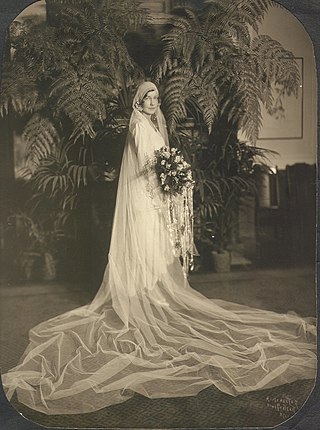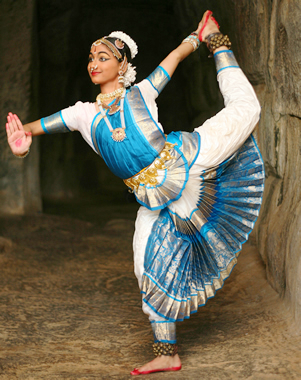Costumes

Mangalorean Catholic men used to wear white or black coats known as kutav with buttons, (a coat that drew from Moghal-era sherwanis) similar to short-kurtas, while a sarong called pudvem (dhoti), a piece of unstitched cloth, usually around 7 yards long, was wrapped around the waist, and in between the legs to be knotted at the waist. The turbans were usually flattened like the Coorgi turbans (Mundaas or Urmal). [1] The Mundaas or Urmal or is a long white piece of cloth with a golden hem (todop) and is tied around the head like a turban in a peculiar manner by which they could easily be recognized as Catholics. [1] [2] In modern times, this mode has changed. Only a few old people can be seen wearing this traditional dress on church going occasions. [3]
Before marriage, women used to wear a kirgi (half saree) and baju (blouse). The kirgi is a piece of cloth, not longer than four feet and about three feet broad. It was wrapped around the body from the waist down. A jacket called baju with long sleeves was used to cover the upper part of the body. This dress was a sign of her virginity and she wore for the last time during the Ros ceremony. [1] [4] The kirgi was wrapped around the waist, but the end of the sari is not thrown over the shoulder. [4] To wear the full sari with its end thrown over the shoulder, known as worl, was the exclusive right of a married woman. [5] Married women used to wear sarees the general way. [6] The salwar kameez and longyis is another form of popular dress for contemporary females and males.
The Mangalorean Catholic bride's wedding sari (drape) is known as sado. [7] It is usually a red coloured Benaresi sari made of finely woven silk decorated with elaborate gold embroidery called zàri (brocade). [8] In olden days, the bride wore on her head a red cloth, three feet long and as many broad. After the wedding was over, the Sado was well preserved and worn only on feast-days or for weddings and any other grand functions. Sometimes a particularly precious sado was handed down from mother to daughter and considered a valuable heirloom. The cost of a sado was reckoned in varahas. Saris are known for their variety by special names, such as Katari, Shilari, Gulabi, etc. [8] Both the sado and Dharma sado were costly saris, while the sado was the most expensive, the Dharma Sado was the second most expensive. [4] Some Mangalorean Catholic brides also wear a white sari during the Nuptial Blessing in Church, but however this style of dress has waned in the recent years. [ citation needed ]
The bridegroom's dress in the early times consisted of a short sarong of hand-woven cloth ( dhoti ), a shawl to cover his shoulders and a red handkerchief on the head (leis). The groom's dress was gradually improved. Later, his dress consisted of a white sarong with a red and gold hem (todop), a shirt (zibbo) with gold buttons and a coat (kutav), a shawl on the shoulders and a towel (Urmal) on the head. [1] [4] The bridegroom wore a chakrasar (neck chain) around his neck. He wore a pair of sandals or at least a pair of socks. [9] In present times, many westernised Mangalorean Catholic couples and particularly the diaspora outside South Canara, have taken to a Victorian style White weddings in which the bridegroom usually wears a two-piece black tie suit, while the bride wears a white wedding gown to Church ceremony, [10] Nevertheless, since the 1960s, some families have adopted and preserved wedding customs and norms of their Konkani ethnicity, and will follow the rules and rituals to varying degrees. Some brides still choose to wear the sado and blouse at the reception, while the pudvem (foot length dhoti) and kutav (short coat) has been abandoned by almost all grooms.
After Toast raising, Wedding cake-cutting, the First couple dance& other Western rituals are done, the newly-weds will change over into Eastern wear and re-enter in a second Wedding march at the Wedding reception venue;[ citation needed ] Eastern wear today comprises pudvem (a light coloured silk dhoti) that is usually off-white or whitish yellow, and a dark coloured short-sherwani for the groom, while the bride wears a sado (red sari) with a full-length bodice or blouse (choli), this is followed by a number of native Konkani (paik) rituals, the most prominent among which is the tying of pirduk, a hybridised piece of jewellery drawing from thaali (Indian bridal necklace) and a Christian pendant blest by a priest during the Church wedding ceremony.[ citation needed ]












